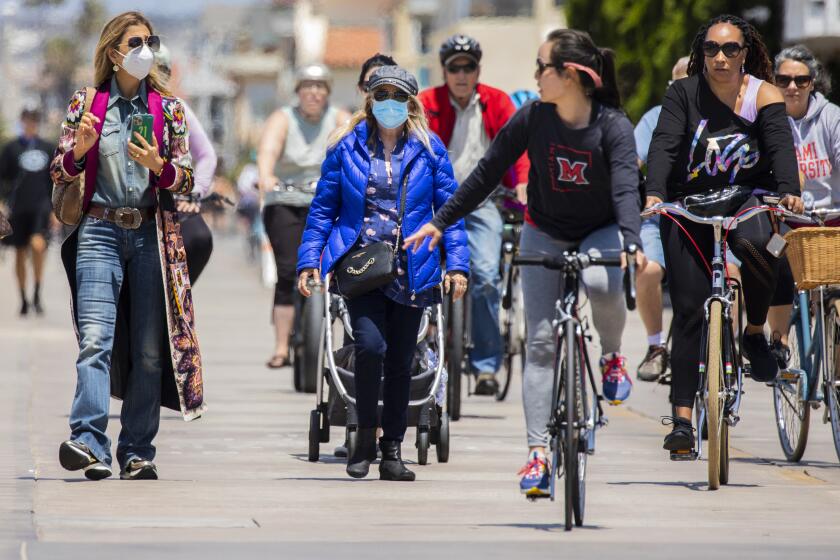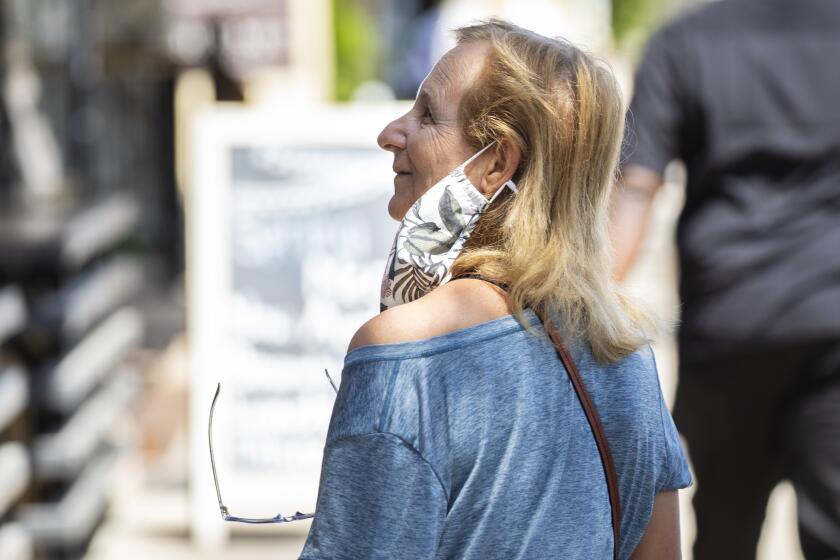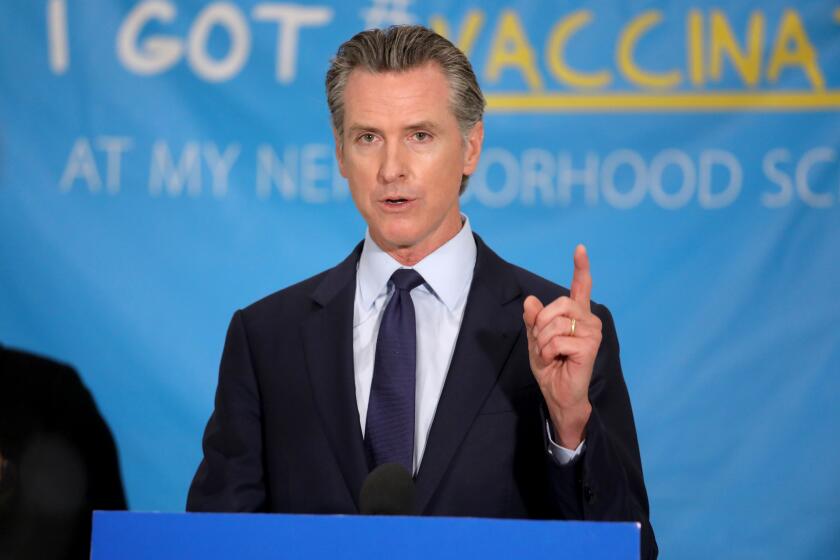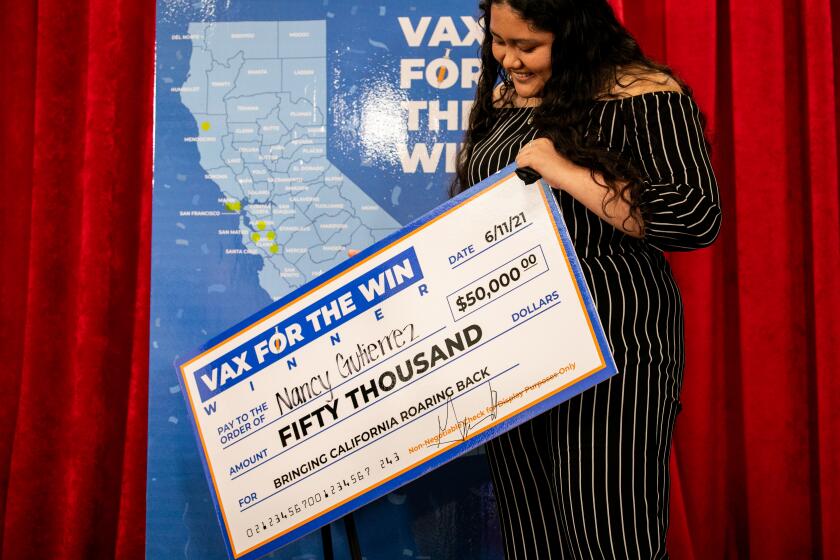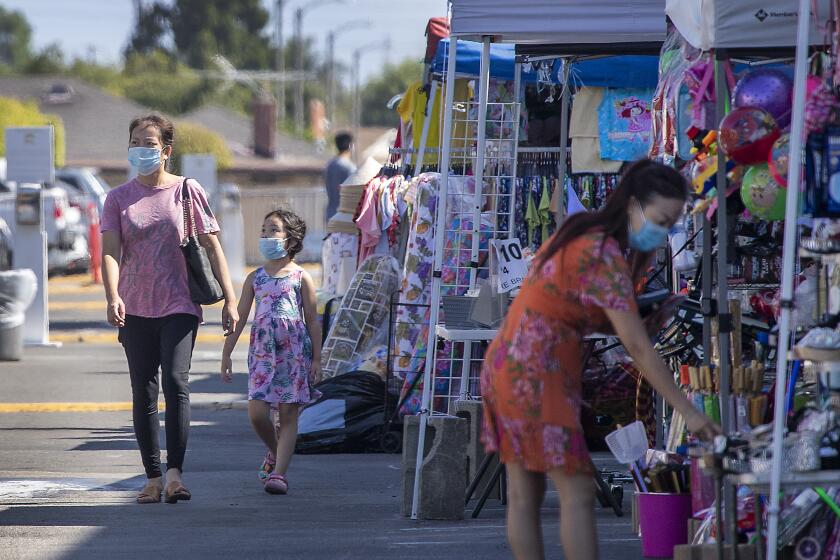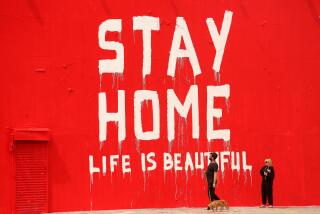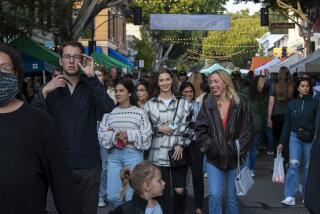California moves to rescind dozens of emergency COVID-19 actions as reopening nears
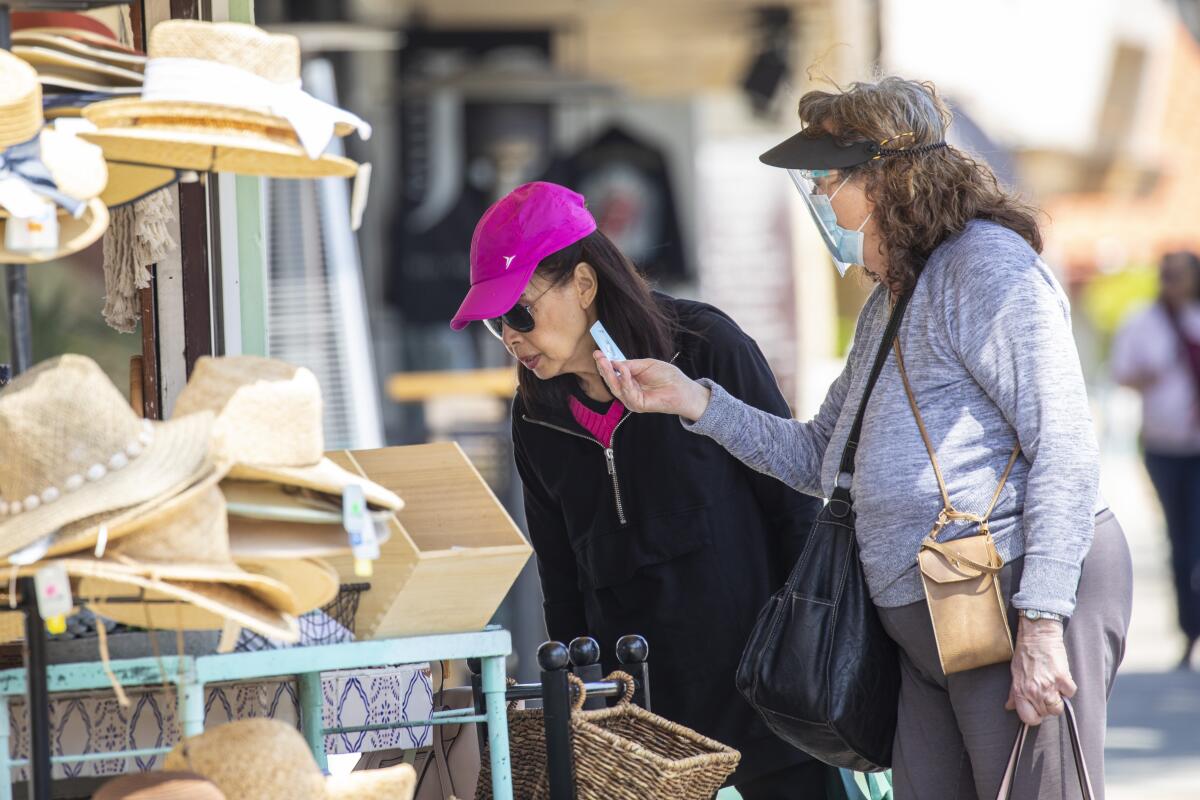
SACRAMENTO â California has finalized plans for its full economic reopening next week, beginning the process of unwinding more than a year of pandemic-related restrictions and emergency actions while continuing efforts to persuade the skeptical and reluctant to get vaccinated.
Starting Tuesday, the state will remove most remaining restrictions on businesses and significantly relax mask-wearing rules for those who are vaccinated â two significant efforts made possible by the steady retreat of COVID-19.
And officials said Friday that Gov. Gavin Newsom will also begin rescinding dozens of emergency actions he imposed by executive order in response to the pandemic, a process that will play out over several months.
The double whammy of reopening and rules relaxation would not be possible âhad it not been for all of your hard work, your resilience, the remarkable effort that all of you have advanced over the course of the last year,â according to Newsom.
âI want to thank 40 million Californians strong for what youâve endured, the stress and anxiety, the fear many people had,â he said during a briefing Friday. âItâs been a very challenging time for everybody, and Iâm very encouraged that we are where we are.â
The state is now reporting an average of fewer than 1,000 new COVID-19 cases per day. The last time case counts were this low was March 31, 2020 â when the pandemic was just beginning to roar to life and testing was limited.
California is now on the brink of its most substantial return to normal since the pandemic began.
Coronavirus-related capacity restrictions and physical distancing requirements will be lifted at almost all businesses and other institutions starting Tuesday.
Gone will be the system of color-coded tiers that for months kept counties on pins and needles as they awaited word for how widely activities could resume. Businesses that have long operated at less-than-complete capacity will be able to throw open their doors.
And Californians who are fully vaccinated for COVID-19 will be able to shed their face masks in most nonwork situations.
But while the seesawing restrictions have dominated the headlines, Newsomâs executive actions have also had a sweeping impact on the lives of Californians, though in ways not always readily apparent.
From mask rules to social distancing, hereâs what to expect come June 15.
Newsom has issued 58 executive orders since the beginning of March 2020, when he declared a state of emergency due to the outbreak.
They have allowed local governments to meet and hold hearings electronically, suspending the state law requiring those meetings to be physically open to the public, provided extensions for businesses filing state taxes and required school districts to keep paying teachers and staff even if campuses were closed and students were in remote learning.
He also prohibited water agencies from cutting off service to customers for not paying their bills, allowed marriages to be conducted by videoconference and provided liability protections to healthcare workers administering COVID-19 vaccinations.
Ann Patterson, Newsomâs legal affairs secretary, said the administration has been evaluating the provisions to determine which should continue and which can be ended.
The stateâs economy will reopen, but âthe disease has not been extinguished,â governor says.
Many of Newsomâs executive orders have multiple provisions affecting a variety of state agencies and services. Dozens of those already have expired or were superseded by legislative action. But most remain.
Most will be rescinded by Newsom on June 30, including a licensing waiver for California manufacturers producing critical goods needed for the pandemic response. Others, such as the waiver allowing government meetings to be held online, will remain in place until Sept. 30.
The official state of emergency Newsom declared on March 4 in response to the pandemic will remain in place. That declaration became the foundation for the almost five dozen executive orders Newsom issued over the intervening months.
States of emergency are frequently used as a response to wildfires or natural disasters and are one of the tools that ensure quick access to resources and cash, including disaster funds provided by the federal government, as well as longer term recovery efforts.
âResponding to and recovering from disasters is not a linear thing,â said Alex Pal, chief counsel for the governorâs Office of Emergency Services. âThere are often ongoing longer-term impacts requiring the state of emergency to remain in place.â
Some of Newsomâs emergency actions will endure for an undetermined amount of time, including a provision that allows some pharmacy workers to administer vaccines.
All told, 30 Californians will win $50,000 apiece as part of the stateâs âVax for the Winâ program. The drawings will culminate Tuesday with the selection of 10 grand-prize winners, each of whom will take home $1.5 million.
While Californiaâs reopening journey has been rocky to say the least â two previous attempts last spring and fall eventually had to be abandoned following corresponding surges in infections, hospitalizations and deaths â officials and many health experts are confident the state can avoid a similar fate this time around.
California has for several months recorded one of the lowest coronavirus case rates in the country, and is now enjoying a relatively robust level of vaccine coverage.
Nearly 40 million COVID-19 vaccines have been administered statewide, and 68.5% of eligible Californians â those ages 12 and up â have gotten at least one dose, according to data from the federal Centers for Disease Control and Prevention.
That coverage is not uniform across the state, however, and officials note that less-vaccinated areas or communities will remain more vulnerable to outbreaks.
âWe would love for all Californians to make that choice to get vaccinated, but weâre also realistic about a number of people who just arenât interested. They donât see it as the way for them,â Dr. Mark Ghaly, Californiaâs health and human services secretary, said during a virtual conversation hosted by the Public Policy Institute of California.
âAnd we have made a tremendous amount of effort, with great success, to get people who might have stayed on the sideline longer had they not been given the personal attention: answer their questions, knock on their door, make it convenient and easy.â
Among the stateâs most visible efforts is its recently launched COVID-19 vaccine lottery â the latest winners of which were selected Friday through a randomized drawing.
All told, 30 Californians have been selected to win $50,000 apiece as part of the Vax for the Win program. The drawings will culminate Tuesday with the selection of 10 grand-prize winners, each of whom will take home $1.5 million.
âThis includes you or it doesnât,â Newsom said. âYouâll make that decision for yourself. I would highly encourage, if youâre on the fence, to go out and get vaccinated before Tuesday.â
Any California resident who has received at least one vaccine dose is automatically entered for a chance at the cash prizes â though the money wonât be paid out until after the winner has completed his or her inoculation series.
Officials have said the goal of the incentive program is simple: to win over as many holdouts as possible and push the state closer to the level of herd immunity necessary to finally defeat the COVID-19 pandemic.
Having a wide swath of the population inoculated, officials say, will help armor California against any potential new surges.
âThis disease does not extinguish itself,â Newsom said. âWe have work to do to get these vaccination rates up, and we have ongoing work to do to make sure itâs done in an equitable manner.â
Not all restrictions are going away come Tuesday. Those who arenât fully vaccinated will still need to keep their masks on in businesses and other public settings indoors. And everyone, regardless of inoculation status, will have to mask up while in transit hubs or aboard public transportation; in healthcare settings and long-term care facilities; indoors at K-12 schools, childcare facilities or other youth settings; in homeless shelters, emergency shelters and cooling centers; and in correctional facilities and detention centers.
The California workplace safety board suggested it will move to allow fully vaccinated employees to stop wearing masks while on the job, even around those who are not vaccinated.
Organizers of indoor events with more than 5,000 people, such as a basketball game, will also be required to verify that attendees are either fully vaccinated or have tested negative within 72 hours of the eventâs start time.
The same will be recommended, but not required, for organizers of outdoor events with more than 10,000 attendees. In those instances, venues will have the option of allowing unvaccinated and untested attendees, provided those people wear a mask at all times.
Workplaces also will still be subject to any relevant rules set by the California Division of Occupational Safety and Health, or Cal/OSHA.
As Ghaly emphasized Friday, âa lot of things change,â come June 15, âbut not our vigilance.â
âJune 15 means, to me, a big pat on the back to so many Californians for making sacrifices, you know, rolling with the punches on something that weâve never seen before, at least in our lifetime,â he said.
Times staff writer Rong-Gong Lin II contributed to this report.
More to Read
Sign up for Essential California
The most important California stories and recommendations in your inbox every morning.
You may occasionally receive promotional content from the Los Angeles Times.
